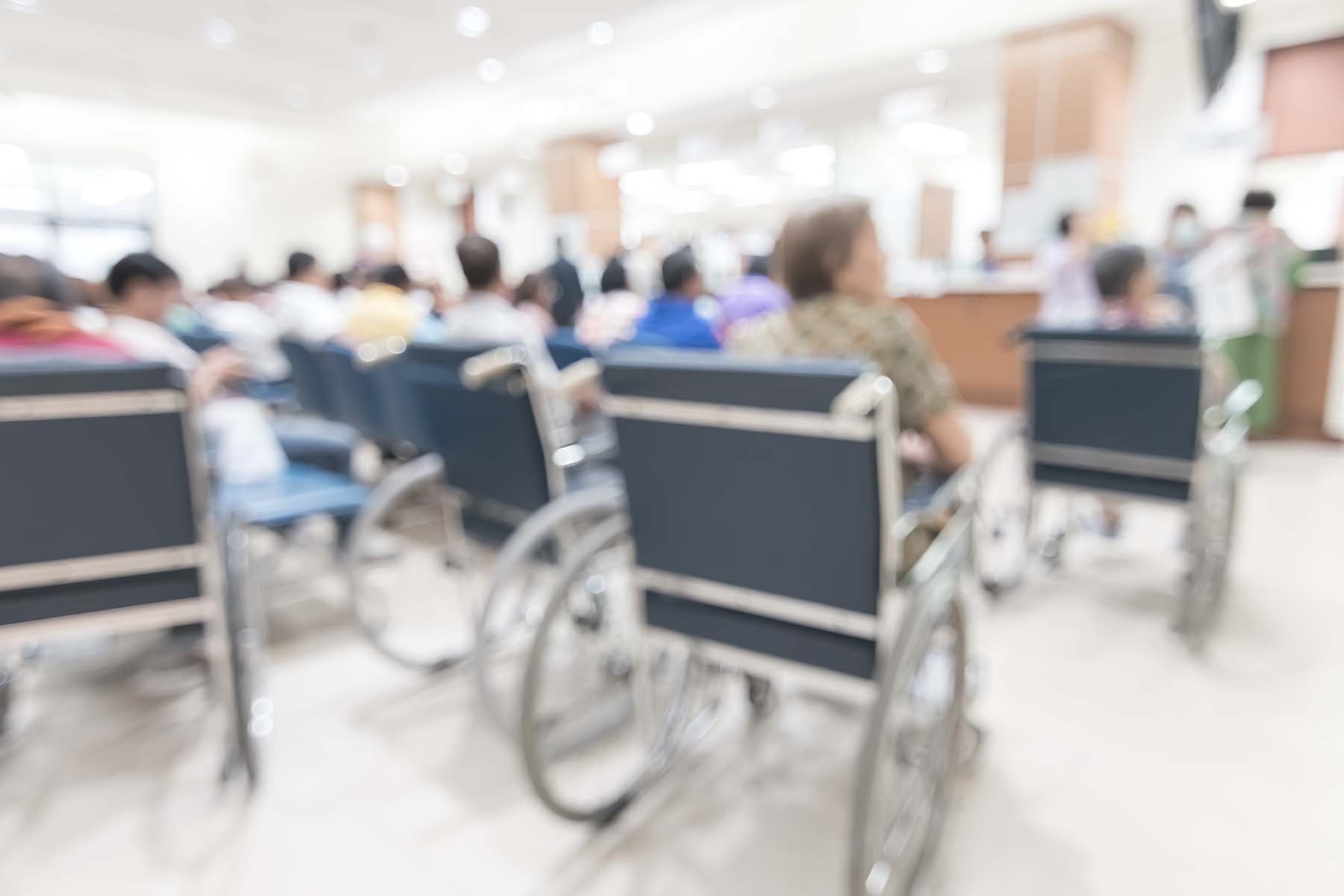EMS Mobile Integrated Health & Disasters
November 18th, 2018In many communities across the country, Emergency Medical Services (EMS) provide preventative health care to help reduce unnecessary and costly trips to the emergency room and ensuing hospital admissions. EMS operating in a Mobile Integrated Health (MIH) role help patients with chronic conditions in their homes, divert ambulance calls to outpatient providers, and in some communities, use telemedicine to connect their patients with physicians from their homes.
But what if a disaster should strike? How might MIH providers best assist in the response effort?
A recent study1 was the first to examine the work of MIH providers — Richland County (South Carolina) EMS — during an October 2015 response to severe flooding.
Study findings
MIH providers were able to meet vulnerable patients’ health needs in severe flooding conditions by:
- Reconnecting individuals in emergency shelters with:
- Lost medications.
- Alternative housing or social services.
- Transportation to relocate them with family outside of the affected area.
- Other essential health care.
- Readily identifying to local authorities those patients who required in-person wellness checks.
- Delivering food and water to patients they knew were unable to leave their homes due to a disability.
- Providing uninterrupted power supply for home ventilators, left ventricular assist devices, and other medical equipment.
EMS physicians augmented MIH services during the flood response by performing telephone triage and self-care instruction to patients cut off from EMS. They responded to the field and provided consultation to MIH as needed.
Research takeaways for MIH providers
- Include disaster response in the MIH training curriculum.
- Help patients prepare for disasters by emphasizing the need for an evacuation plan and to safeguard adequate supplies of medications and durable medical equipment.
- Identify ahead of time community members with complex medical needs, such as people who require access to uninterrupted power for life-sustaining medical equipment.
1Gainey C., Brown H., Gerard W. (2018). Utilization of Mobile Integrated Health Providers During a Flood Disaster in South Carolina. Prehospital and disaster medicine: 33(4), 432-435.

